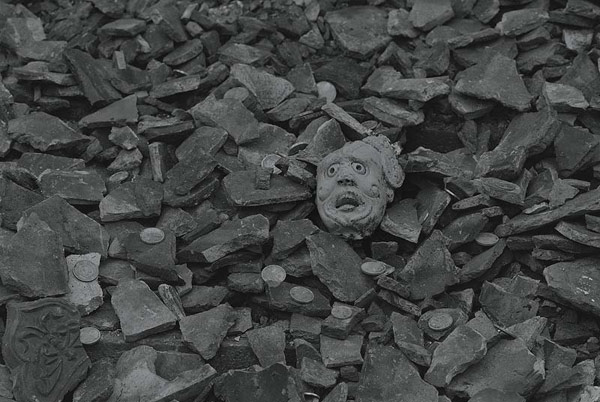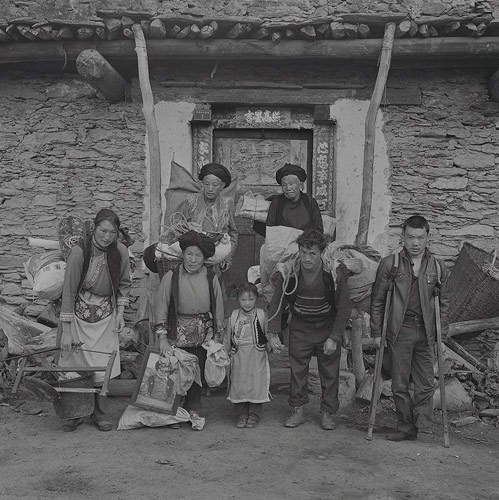Bureaus Exclusive
Exhibition dedicated to Wenchuan quake
By Huang Zhiling (China Daily Sichuan Bureau)
Updated: 2011-05-21 15:26
 |
Large Medium Small |
As a famous street in the ancient architectural style which was reopened one month after the May 12 earthquake of 2008, the Kuan (meaning "Wide") Alley in Chengdu, Sichuan province, is always packed with tourists.
|
 A statue of Budda looks terrified in the ruins of the Erwang Temple in Dujiangyan, Sichuan province, after the quake. [Photo by Gao Tungzi]
|
Recently, attentive visitors have found that a photo exhibition featuring the magnitude-8.0 earthquake is being held at No 24 Kuan Alley.
Unlike most other exhibitions, the one being held in the Kuan Alley features collapsed statues of Buddha.
Taken by Gao Tungzi, a famous, middle-aged photographer, the photos depict Buddha's facial expressions in the quake ruins.
They look either terrified or sad or show signs of mercy just like the expressions of ordinary people in a disaster.
They seem to question human priggism ego or be startled with the forces of nature, which have triggered the quake, said Zhang Yu, a critic.
|
 The migration of Qiang villagers in Wenchuan county, the epicenter of the quake. [Photo by Gao Tungzi] |
Included in the exhibition are photos of people of Qiang nationality in a village in Wenchuan county, which was the epicenter of the earthquake.
Gao depicts the migration of the Qiang people after the quake, their love for their ancestral land and their sadness of leaving.
One photo is quite impressive as it depicts two Qiang people walking in an urban street absentmindedly, not knowing the way ahead.
Together with the photos about the Wenchuan earthquake, those pertaining to the migration of the Qiang people are being held at No 24 Kuan Alley in memory of the third anniversary of the earthquake.
| 分享按钮 |